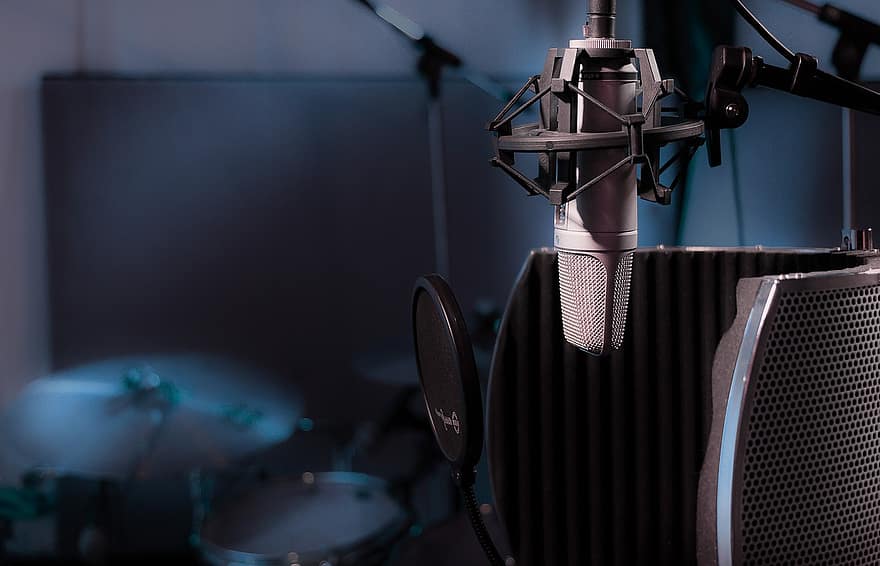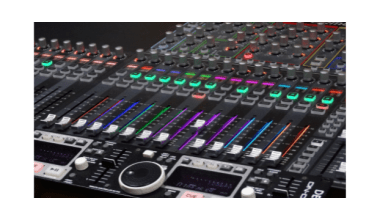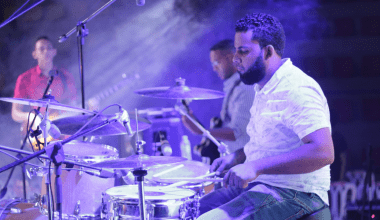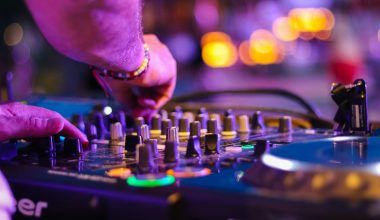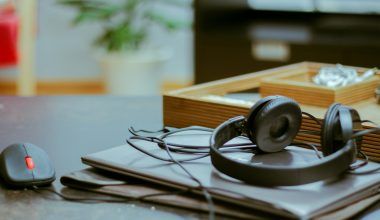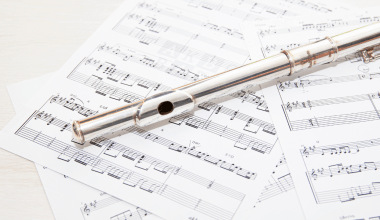In today’s world, making music at home has never been easier. Many artists, producers, and hobbyists now prefer building a small home music studio instead of renting expensive professional spaces. Technology has made it possible to create high-quality recordings from the comfort of your home.
Whether you’re a beginner or an experienced musician, a small home music studio lets you record and produce music at your own pace. It’s also cost-effective and perfect for those with limited space. With the right setup, your small music studio can deliver professional results.
In this guide, we’ll cover everything you need to know about setting up a small home music studio, from choosing equipment to optimizing your space.
Why Build a Small Home Music Studio?
A small home music studio has many advantages. Here’s why so many people are investing in one:
- Convenience: Work on your music anytime without leaving your home.
- Cost Savings: Avoid high studio rental fees by creating your own space.
- Creative Freedom: Experiment and produce music without time restrictions.
- Customization: Design a setup that suits your unique needs and style.
Building a small home music studio is an investment in your passion. With the right planning, you can create a space that inspires creativity.
Choosing the Right Space for Your Small Home Music Studio
Selecting the ideal location for your music studio is the first step. Consider these factors:
- Quiet Environment: Choose a room with minimal noise from outside.
- Size: Even a small corner can work, but ensure there’s enough room for equipment.
- Accessibility: Pick a space where you can work comfortably for long hours.
- Acoustics: Avoid rooms with echo or excessive background noise.
If possible, dedicate an entire room to your small home music studio. However, if space is limited, a well-organized corner can still be effective.
Essential Equipment for a Small Home Music Studio
The heart of any music studio lies in its equipment. Here’s what you’ll need:
1. Computer
A reliable computer is a must. It’s where you’ll record, edit, and produce your music. Choose one with good processing power to handle music software.
2. Digital Audio Workstation (DAW)
Your DAW is the software you’ll use to record and edit music. Popular options include:
- Ableton Live
- Logic Pro
- FL Studio
3. Audio Interface
An audio interface connects your instruments and microphones to your computer. It ensures high-quality sound input and output.
4. Studio Monitors
Studio monitors are specialized speakers designed for accurate sound playback. Unlike regular speakers, they help you hear your music clearly.
5. Microphone
Invest in a quality condenser microphone for recording vocals and acoustic instruments. It’s an essential tool for any small home music studio.
6. Headphones
Closed-back headphones are ideal for recording, while open-back headphones are better for mixing.
7. MIDI Controller
A MIDI controller, such as a keyboard, lets you create music digitally. It’s perfect for composing and adding instrument sounds.
8. Cables and Stands
Don’t forget cables, mic stands, and other accessories. They keep your setup organized and functional.
Optimizing Your Small Home Music Studio Setup
Even in a small space, organization and efficiency are key. Here are some tips:
- Declutter Your Space: Keep your studio free of unnecessary items.
- Acoustic Treatment: Use foam panels or bass traps to reduce echo and improve sound quality.
- Cable Management: Use cable ties or organizers to avoid a messy workspace.
- Proper Lighting: Ensure good lighting to reduce strain during long sessions.
A clean, well-organized small home music studio helps you stay focused and creative.
Acoustic Treatment for Small Home Music Studios
Acoustic treatment is vital for professional-quality sound. Here’s how to improve your studio’s acoustics:
- Foam Panels: Place foam panels on walls to absorb sound reflections.
- Bass Traps: Install bass traps in corners to manage low frequencies.
- Carpets and Rugs: Use soft furnishings to reduce echo.
Even a small investment in acoustic treatment can make a big difference in sound quality.
Budget-Friendly Tips for Small Home Music Studios
You don’t need to spend a fortune to create a functional music studio. Here’s how to save money:
- DIY Acoustic Panels: Build your own panels using affordable materials.
- Second-Hand Equipment: Look for used gear in good condition.
- Start Small: Begin with essential equipment and upgrade over time.
A small home music studio can be cost-effective without compromising quality.
Creating a Workflow in Your Small Home Music Studio
A productive workflow is essential for making the most of your studio time. Follow these tips:
- Organize Your Files: Keep your projects, samples, and recordings neatly organized.
- Label Your Equipment: Label cables and gear for easy identification.
- Plan Your Sessions: Outline your goals before starting a recording session.
A streamlined workflow helps you focus on creativity and reduces distractions.
How to Make Your Small Home Music Studio Inspiring
Your studio should spark creativity. Here’s how to make it inspiring:
- Decorate with Style: Add personal touches like posters or mood lighting.
- Comfortable Seating: Invest in a good chair for long sessions.
- Add Greenery: Plants can make the space feel more inviting.
A comfortable and inspiring small home music studio helps you stay motivated.
The Future of Small Home Music Studios
As technology advances, small home music studios will become even more powerful. Portable equipment, AI-powered tools, and cloud-based collaboration platforms are changing how music is created.
Investing in a small home music studio today sets you up for success in the evolving world of music production.
Conclusion
A small home music studio is a gateway to endless creativity. By choosing the right equipment, optimizing your space, and focusing on organization, you can build a studio that fits your needs and budget.
Whether you’re a beginner or a seasoned artist, having your own music studio allows you to create, record, and produce with freedom. So start building your small home music studio today and bring your musical dreams to life.
Related Articles:
For further reading, explore these related articles:
- Studio Setup: Essential Guide for Building Your Dream Studio
- 5 Things You Should Do Before Going to a Recording Studio
- How to Create Your Own Dubbing Studio Setup at Home
For additional resources on music marketing and distribution, visit Deliver My Tune.
